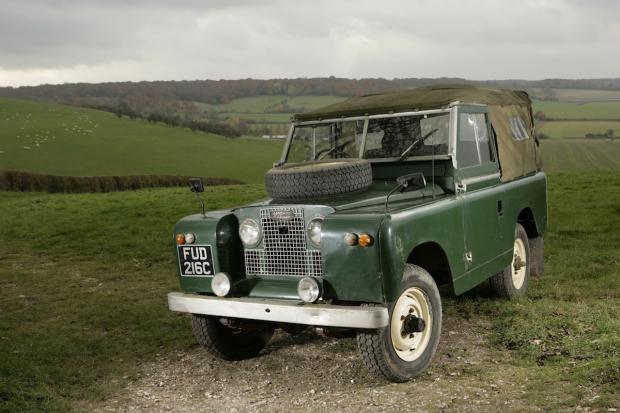
It’s hard to think of a car that is as classless as a Land-Rover – equally happy ferrying sheepdogs around the farm as it is being a trendy third car in the city.
Much of the Land-Rover’s charm can no doubt be attributed to its need to serve a purpose as a robust all-terrain tool, and that its looks have barely changed in generations.

Based on durable Rover running gear, the Land-Rover adds to this with sturdy steel chassis, steel bulkhead and floorpan, plus a rust-beating aluminium body.
Launched in 1958, the Series II brought with it the new 2286cc petrol engine (which was based on the diesel unit), together with a wider body allowing for a tighter turning circle.
The 2052cc diesel, which is best avoided if you like to make swift progress, was replaced in 1961 with a 2286cc unit that increased power by 22% and made 60mph a very real possibility.

The following year brought the launch of the 12-seat Station Wagon.





